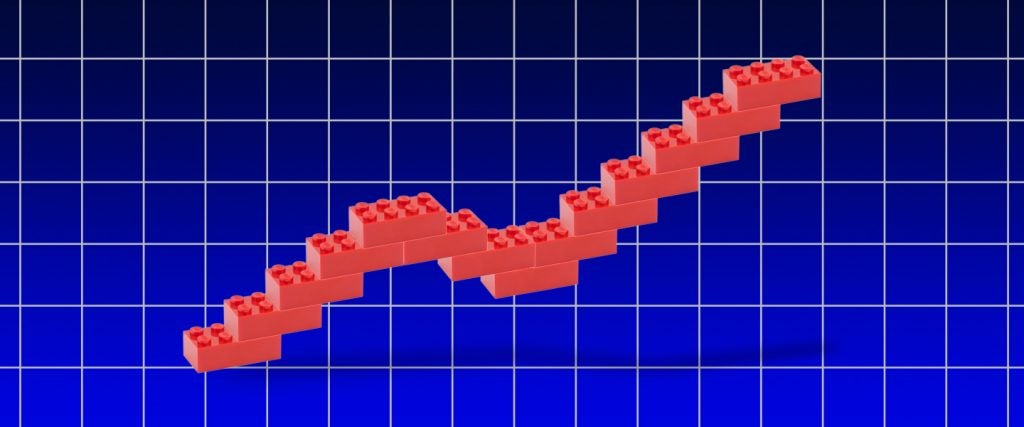Some of us still have a few old Lego sets in the garage that we just don’t have the heart to throw away. And as it turns out, maybe we shouldn’t. In fact, Legos may be a better long-term investment than gold, art, stocks or bonds.
Around 10 percent of wealthy people put money into some sort of collectibles — typically items like jewelry, cars or wine — as investments. But research has shown that many of them come with risks like counterfeiting or include high storage costs, not to mention are often only accessible to the very rich.
Which brings me back to those Legos in the garage. Researchers analyzed the prices of 2,322 Lego sets from 1987 to 2015 and found that the average return on the secondary market (Lego sets sold among collectors as opposed to by stores) was around 10 to 11 percent — higher than gold, stocks and bonds.
“‘Investors in Lego generate high returns from reselling unpacked sets, particularly rare ones, which were produced in limited editions or a long time ago. Sets produced 20 to 30 years ago make Lego fans nostalgic, and prices for them go through the roof,” study co-author Victoria Dobrynskaya, explained in a press release.
Dobrynskaya and her team also found that Lego sets that became more valuable over time were either very small or very large, whereas medium-sized sets were less lucrative. They speculate that this is because very small sets contain exclusive parts and larger sets are produced in limited numbers.
Although the findings might be promising for aspiring collectors, members of the subreddit r/LegoInvesting appear unconvinced by the study’s hype. As ZmaGiant points out in a post, the report “could make for an interesting hiccup in the market. There are more people than ever looking for a side hustle, a large buy-up from new investors would make those prices rocket up, creating a bit of confirmation bias. But a few months later, when those new investors want liquid money, they may find they’re holding that proverbial bag.”
ZmaGiant further speculated that anyone who invested based on this study alone probably wouldn’t be patient enough to hold out long enough to sell their Legos at a high return.
But if they do, one thing is certain: They’re building their financial future brick by brick.

